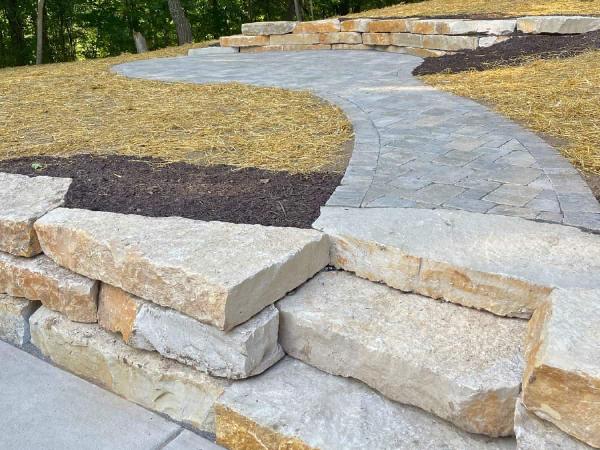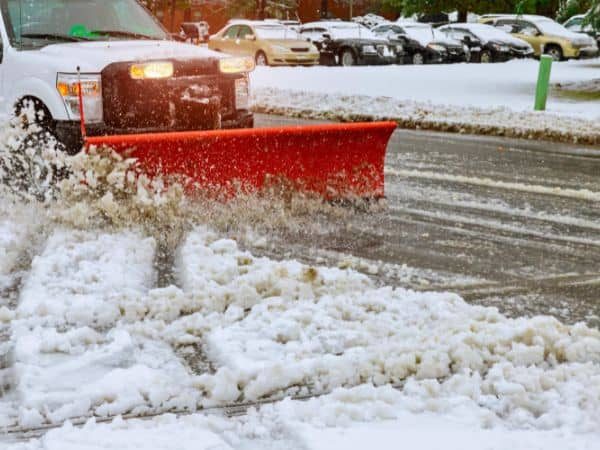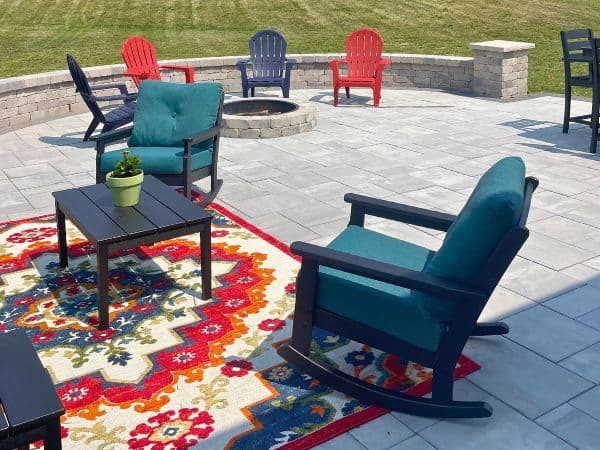- 214 N Hartwell Ave. Waukesha, WI 53186
- Mon-Fri: 8 AM - 8 PM
- Sat: 8 AM - 5 PM
With landscaping services from transforming outdoor spaces to seasonal upkeep, our experienced team is dedicated to making your lawn look its best. Our range of services includes hardscaping, landscape construction, snow removal, and much more. We combine creativity and expertise to meet your landscaping needs. Every project we undertake is a testament to our commitment to quality and client satisfaction.

Transform your outdoor space with our hardscaping services. From patios to retaining walls, our skilled team can design and build the ideal outdoor setting for your home. We only use high quality materials to ensure long-lasting beauty and functionality.
From garden design to planting, we offer comprehensive landscape construction services. Whether you're looking to create a relaxing oasis or a vibrant garden, our experts can make your vision come to life. Every design is tailored to your tastes and the unique features of your property.


Our snow removal and salting services ensure that your property is safe and accessible throughout the winter. Our prompt and efficient team is equipped to handle any snow-related challenges, including clearing walkways, driveways, and parking lots.
Landscaping Specialists has been a trusted name in our community since 1984. Our insured professionals deliver dependable services, tailored to your specific needs and preferences. Our reputation is built on quality, integrity, and our commitment to delivering exceptional results.

We specialize in a wide range of landscaping services, from construction to hardscaping. Our expertise ensure that your outdoor spaces are beautiful and functional.
Our company is fully licensed and insured, offering you peace of mind as we work on your property. Every project is handled with the utmost care and professionalism.
Our reputation for dependable services is well-earned. We adhere to scheduled appointments and complete projects on time, without compromising quality.
We offer flexible scheduling to fit your busy life. Whether it's a one-time project or several ongoing projects, we'll find a time that works for you.
Schedule a free consultation with our landscaping experts. We'll discuss your needs, preferences, and budget to create a personalized plan for your outdoor space.
Trust in our reputable company, recognized for excellence in landscaping. Our commitment to quality, creativity, and client satisfaction sets us apart in the industry.
Take a look at some of the incredible transformations we've made in our project galleries. Our portfolio includes a wide variety of hardscaping, landscape construction, and snow removal projects, each reflecting our dedication to excellence and creativity.
Landscape Specialists, Inc. is a trusted name in Waukesha’s landscaping industry. With a passion for creating stunning outdoor spaces, we bring our expertise to every project. Our team is committed to turning your landscaping dreams into reality, enhancing the beauty and functionality. We take pride in delivering exceptional results that exceed expectations.